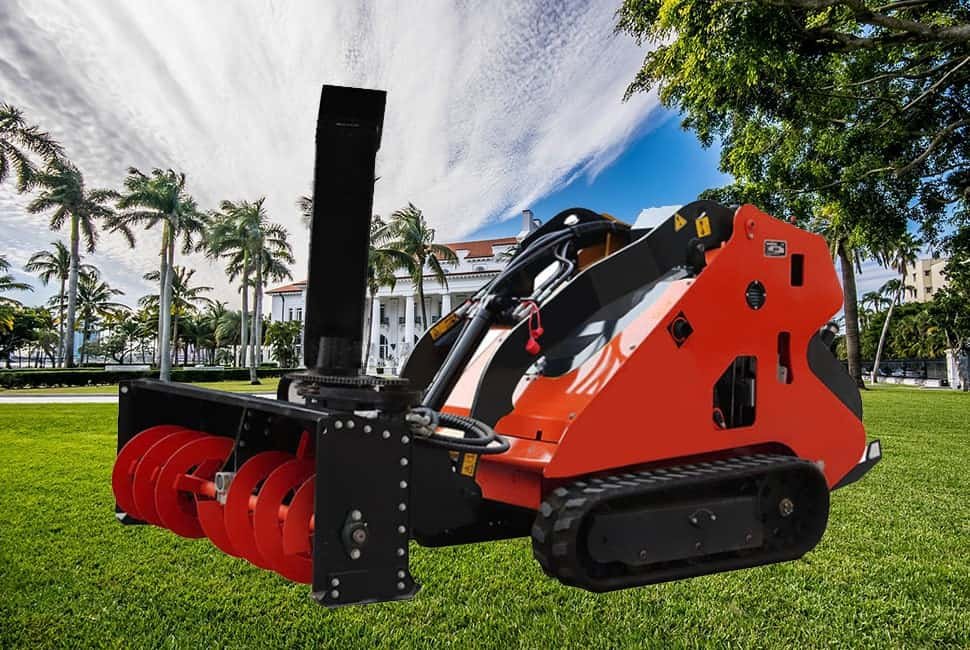Excavators are essential machines for construction, mining, and landscaping projects. But what is an excavator, and why is it so important in these industries?
An excavator is a heavy construction machine designed for digging, lifting, and moving earth. It typically features a boom, bucket, and tracks or wheels. Excavators are used in various industries, including construction, mining, and demolition, due to their versatility and power in handling large-scale tasks efficiently.
Now, let’s explore how excavators work, their types, and why they are indispensable in heavy-duty tasks.
What are the Main Components of an Excavator?
Excavators have several critical components that enable them to perform tasks like digging, lifting, and transporting materials. Understanding these parts can help you better appreciate their capabilities.
The primary components of an excavator include the boom, arm, bucket, undercarriage, and cab. These parts work together to provide the machine with flexibility and power.
The boom is the large arm that extends from the machine’s body and is used for reaching and lifting. The arm connects to the boom and extends the bucket into the digging area. The bucket itself is the digging tool, which comes in various sizes and designs to handle different materials. The undercarriage supports the entire machine, typically consisting of tracks or wheels. The cab is where the operator controls the excavator’s movements, and modern cabs often feature advanced technologies like air conditioning, GPS systems, and intuitive control panels for precision operation.

How Do Excavators Work?
Excavators are sophisticated hydraulic machines that rely on advanced hydraulic systems to operate their key components, such as the boom, arm, and bucket. These systems are the backbone of the excavator’s functionality.
The operation of an excavator is powered by hydraulic force, which is generated by pumping hydraulic fluid through a complex network of valves and cylinders. This fluid, under high pressure, enables the machine to perform a wide range of tasks with remarkable efficiency. Whether it’s digging deep trenches, lifting heavy materials, or maneuvering in tight spaces, the hydraulic system provides the necessary power and precision.
At the heart of this technology is the hydraulic system itself. It uses fluid pressure to create force, which is then transmitted to the cylinders that control the movement of the boom, arm, and bucket. This system not only allows for smooth and powerful movements but also ensures precision, making excavators capable of handling both delicate tasks, such as digging a small trench, and large-scale operations, such as lifting tons of materials or breaking down structures.
The flexibility of hydraulic systems is another key advantage. Excavators can be easily adapted to different job sites and requirements, making them versatile tools in construction, mining, and other heavy industries. This adaptability, combined with the power and precision of hydraulic systems, makes excavators indispensable in modern engineering and construction projects.
What Types of Excavators Are There?
Excavators are available in a wide range of types, each specifically engineered to tackle different tasks. Understanding the unique features and capabilities of each type can help you select the perfect machine to meet your specific needs.
There are four primary types of excavators: crawler, wheeled, mini, and long-reach excavators. Each type offers distinct advantages depending on the job site conditions and the tasks at hand.
- Crawler Excavators: These robust machines are equipped with tracks instead of wheels, which provide exceptional traction and stability. This makes them ideal for navigating rough terrains and unstable ground. Whether you’re working on a construction site, in a mining operation, or on any site with uneven surfaces, crawler excavators can handle the challenge with ease. Their tracks distribute the machine’s weight evenly, reducing the risk of sinking or slipping, which is crucial in muddy or soft ground conditions.

- Wheeled Excavators: Unlike their tracked counterparts, wheeled excavators are designed for mobility on hard, flat surfaces. They excel in urban construction and roadwork projects where speed and maneuverability are essential. Wheeled excavators can travel faster between job sites, making them more efficient for projects that require frequent relocation. Their rubber tires provide a smoother ride on paved surfaces, reducing wear and tear on the machine and allowing for quicker movement around the site.
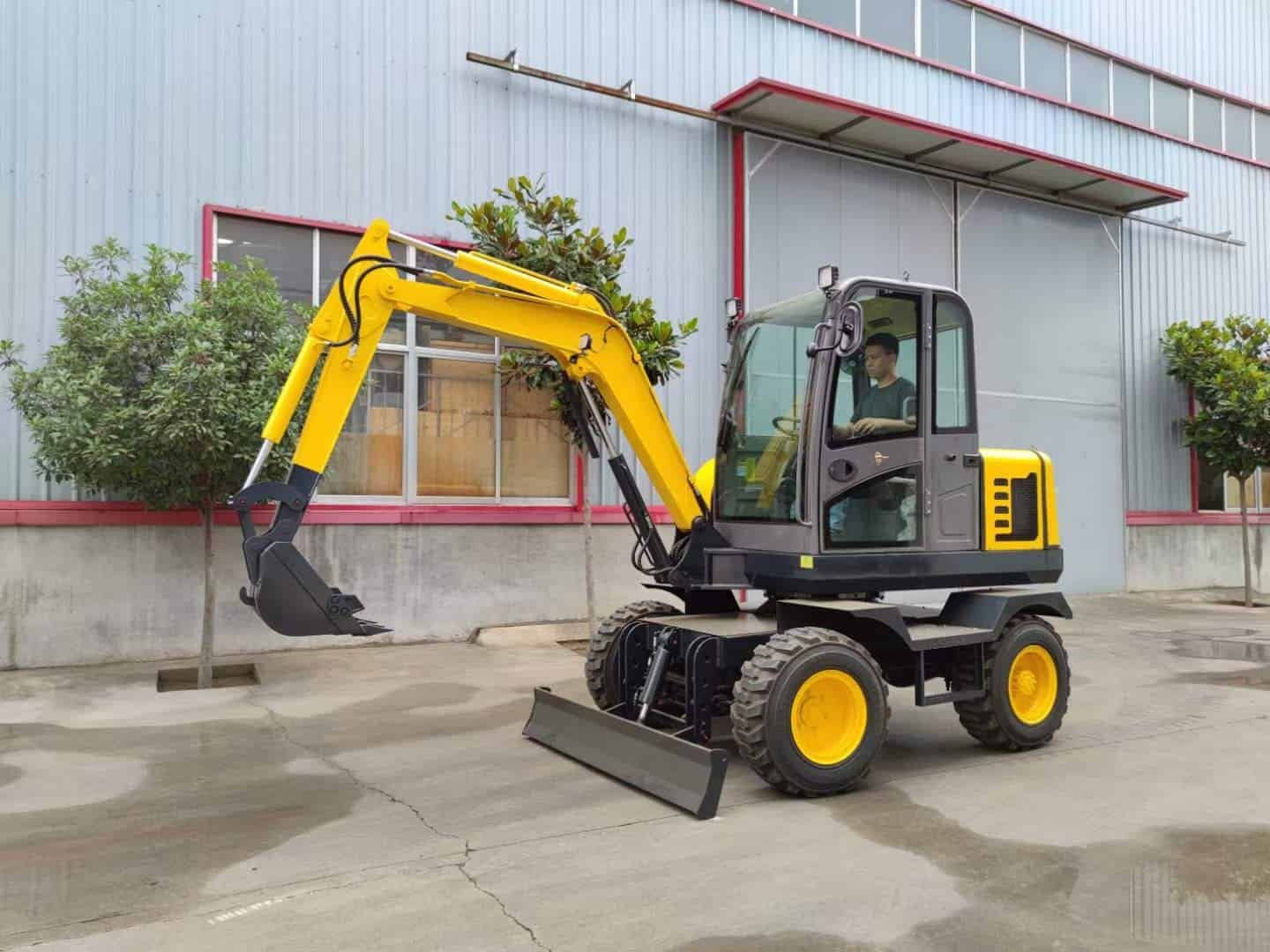
- Mini Excavators: These compact and lightweight machines are perfect for smaller projects or tight spaces. They are commonly used in residential construction, landscaping, and utility installation, where space is limited. Despite their small size, mini excavators pack a powerful punch and maintain high performance relative to their scale. Their compact design allows them to access areas that larger excavators cannot, making them indispensable in urban settings or confined workspaces.

- Long-Reach Excavators: Equipped with an extended boom and arm, long-reach excavators are designed for projects that require an extended reach. They are particularly useful for digging deep trenches, working on high-rise demolition projects, or any task that involves significant depth or height. The extended reach allows these machines to operate over obstacles or reach into areas that are otherwise inaccessible, providing a larger working radius and greater flexibility on the job site.
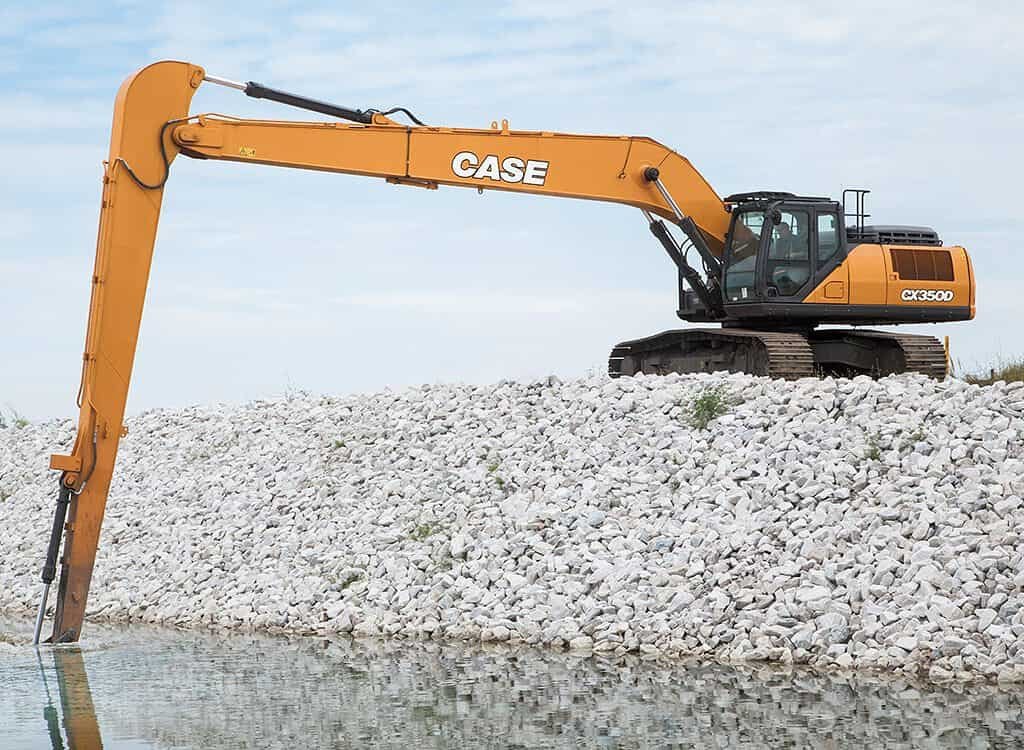
By understanding the unique capabilities of each type of excavator, you can make an informed decision and choose the machine that best fits your project requirements, ensuring optimal performance and efficiency.
What Are Excavators Used For?
Excavators are incredibly versatile machines that play a crucial role in a wide variety of tasks across numerous industries. Their adaptability and power make them indispensable tools in construction, mining, forestry, agriculture, and beyond. Let’s delve deeper into their most common applications to understand why they are so highly valued.
1. Construction
In the construction industry, excavators are the backbone of many projects. They are primarily used for digging trenches, foundations, and undertaking large-scale earthmoving tasks. Whether it’s building roads, preparing the ground for new infrastructure, or laying the groundwork for skyscrapers, excavators are essential for moving soil and other materials efficiently. Their precision and power ensure that even the most challenging excavation are tasks completed quickly and accurately.
2. Mining
In the mining sector, excavators are indispensable for extracting valuable minerals such as coal, metals, and other resources from the earth. Their large digging capacity and robust construction allow them to handle heavy materials in some of the most difficult and demanding environments. Excavators equipped with specialized buckets and tools can break through hard rock and soil, making the extraction process more efficient and productive.
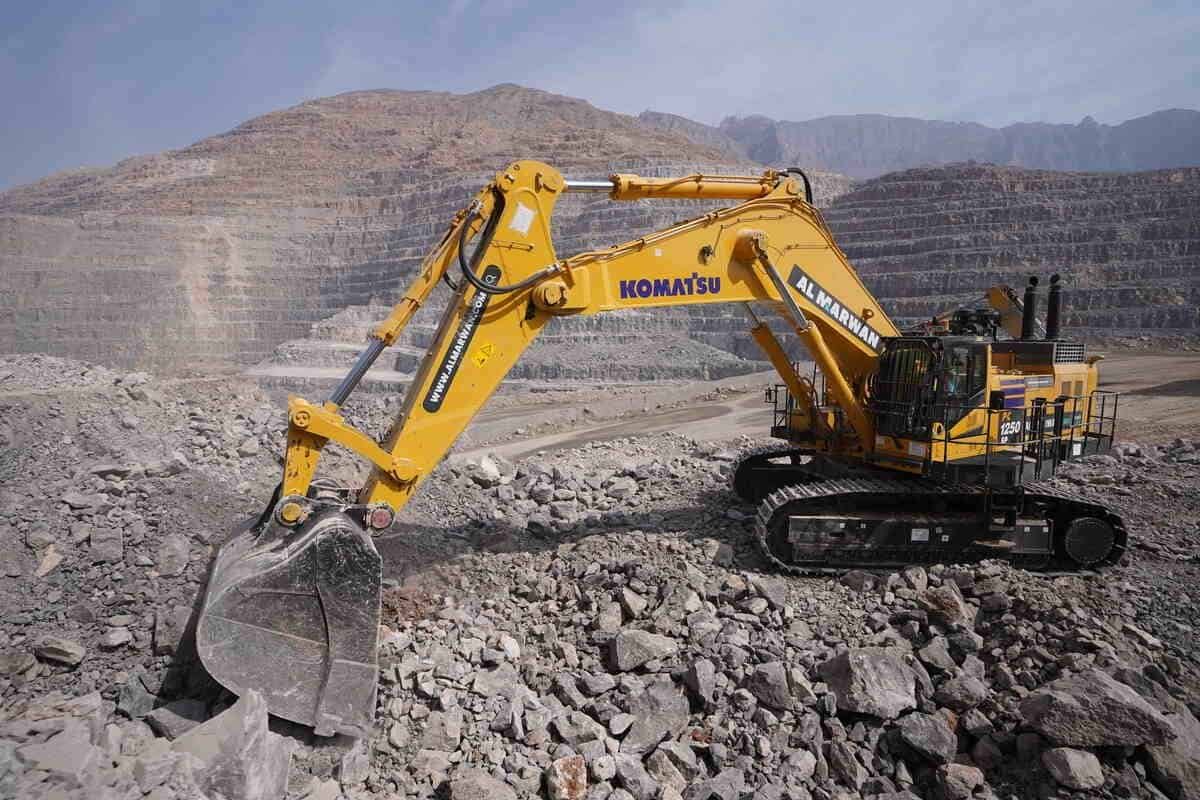
3. Demolition
When it comes to demolition, excavators are the go-to machines for breaking down structures, clearing debris, and removing old buildings. With attachments like hydraulic hammers, shears, and grapples, they can demolish buildings with precision and control. This versatility allows them to tackle a wide range of demolition tasks, from small-scale projects to large-scale urban redevelopment, ensuring that structures are dismantled safely and efficiently.
4. Forestry
In forestry, excavators are used for a variety of tasks, including land clearing and removing tree stumps. Their versatility is further enhanced by specialized attachments like tree shears and mulchers, which allow them to handle large trees and vegetation with ease. Excavators can quickly clear large areas of land, making them an essential tool for forestry operations, whether it’s preparing land for new plantings or clearing paths for access.
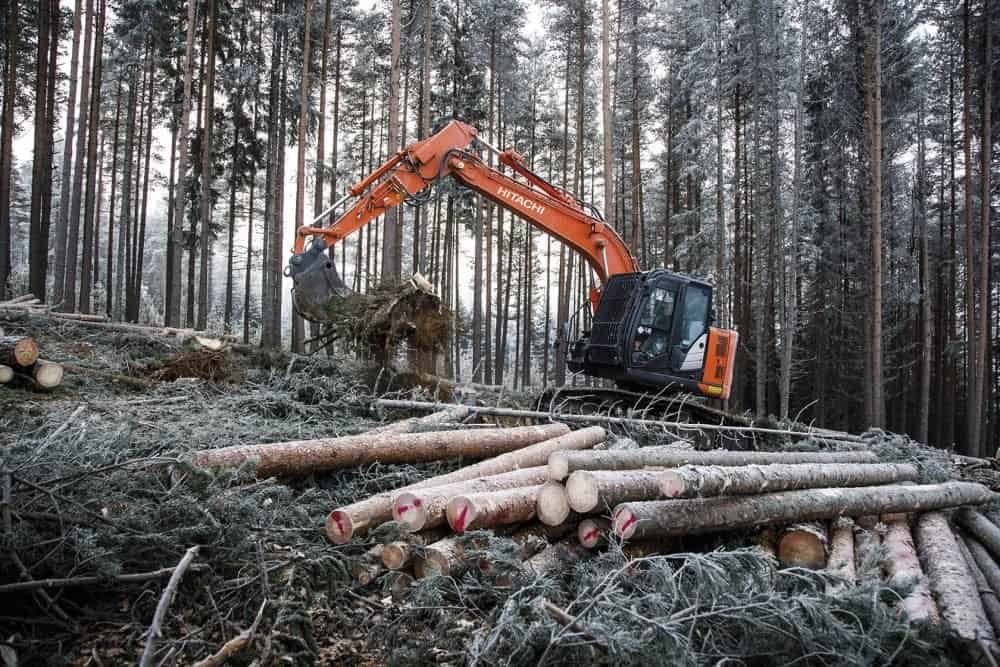
5. Agriculture
In the agricultural sector, smaller excavators or mini excavators prove to be incredibly useful. They can be employed for tasks such as digging irrigation channels, removing large tree stumps, and preparing land for farming. Their compact size and maneuverability make them perfect for working in tight spaces, ensuring that even small-scale farming operations can benefit from their power and versatility. Whether it’s preparing fields for planting or maintaining irrigation systems, excavators contribute significantly to agricultural productivity.
Conclusion
The versatility of excavators is truly remarkable, making them an invaluable asset across multiple industries. From the precision required in construction to the heavy-duty tasks in mining, the controlled demolition of structures, the land-clearing efforts in forestry, and the land preparation in agriculture, excavators consistently deliver. Their ability to adapt to various tasks and environments, coupled with specialized attachments, ensures that they remain a vital tool in modern industrial operations.
What is the History of Excavators?
The modern excavator has a rich history that traces back to early earth-moving machines. Let’s take a look at its evolution.
Excavators evolved from steam-powered machines to the advanced hydraulic excavators we use today. Their history is tied to advancements in engineering and the demands of large-scale construction projects.
The first excavators were steam-powered machines, which were introduced in the late 19th century. These early models were used in mining and construction to move large amounts of earth. However, their operation was slower and less efficient compared to modern machines.
The real breakthrough came in the 20th century with the introduction of hydraulic systems. These systems allowed for more precise and powerful control of the machine’s components, revolutionizing the construction industry. By the 1960s, hydraulic excavators had replaced their mechanical predecessors, making it possible to perform tasks faster and with greater flexibility.
Today, excavators are equipped with advanced features, including GPS systems for precise positioning, remote monitoring for performance tracking, and eco-friendly technologies aimed at reducing emissions and improving fuel efficiency.
Summary
Excavators are powerful, versatile machines crucial for many industries. Their ability to dig, lift, and move materials makes them indispensable in construction, mining, and more.


